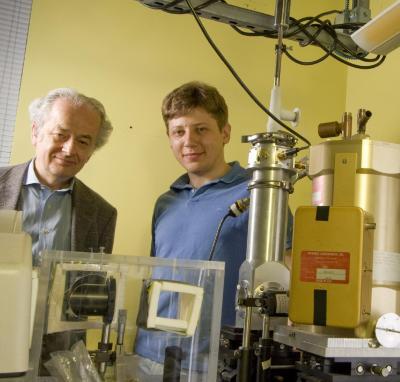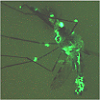
Terahertz rays (T-rays) are at the opposite end of the spectrum to X-rays and, while not penetrating deeply, can provide images of burns and cancers including breast and gastro-intestinal without the danger of ionising radiation. Combining T-rays with another technology called Optical Coherence Tomography (OCT), which provides cross-sectional scans of tissues very much like ultrasound but at a higher resolution, could be used to detect early-stage cancers that do not show up on X-ray or through magnetic resonance imaging (MRI).
Wallace said the new medical diagnostic techniques would be especially applicable in Australia, the country with the highest skin cancer incidence rate in the world. Australians are four times more likely to develop a skin cancer than any other form of cancer and approximately two in three Australians will be diagnosed with skin cancer before the age of 70.
T-rays and OCT will help surgeons determine the margins of tumours before or during surgery and to assess the depth of burns, translating data into clear on-screen images. In future, they will complement existing technologies like X-ray and MRI adding to the arsenal of techniques doctors can use to diagnose and treat disease. Terahertz technology has been in use since the 1990s but has only recently begun to be developed for use in medical applications. For example, an intra-operative T-ray probe that Wallace helped develop is being trialled at Guys Hospital in London. Terahertz imaging is also being adapted in airport security systems. “Australia will benefit from these new medical diagnostic techniques,” Wallace said. “This multidisciplinary international research has additional wide-ranging benefits in biology, pharmaceutical science and national security.”
Popular Science has been a leading source of science, technology and gadget news since 1872. With up-to-the minute latest space news, insightful commentary on the new innovations and concept cars ...if it's new or future technology you'll find it at popsci.com.au.
WW Media - Popular Science © 2010
Technology - DIY - Videos





